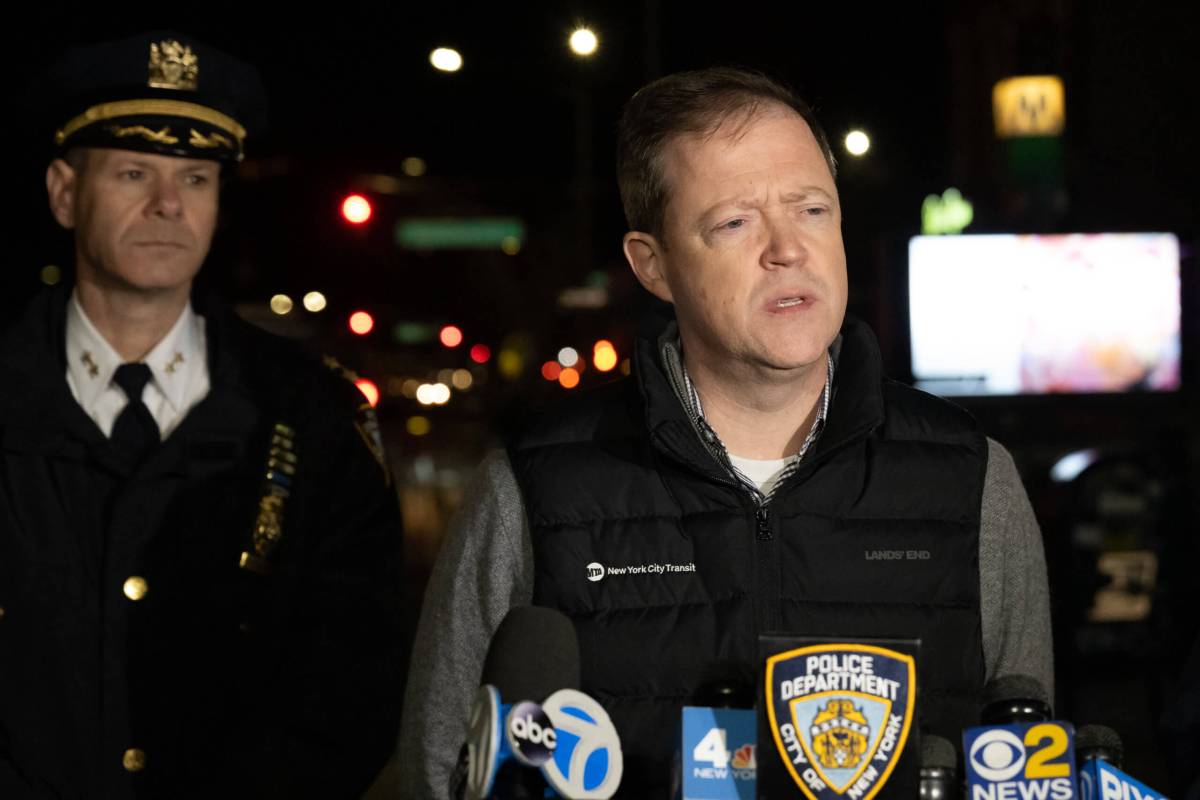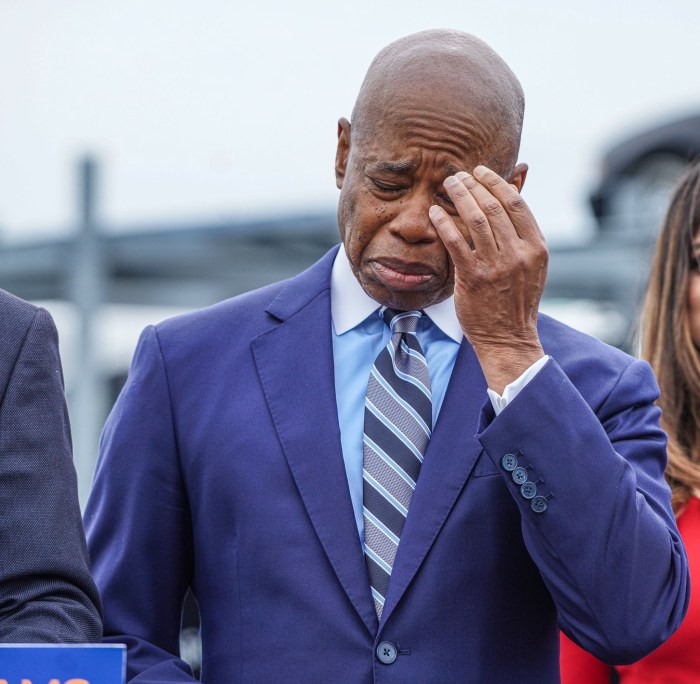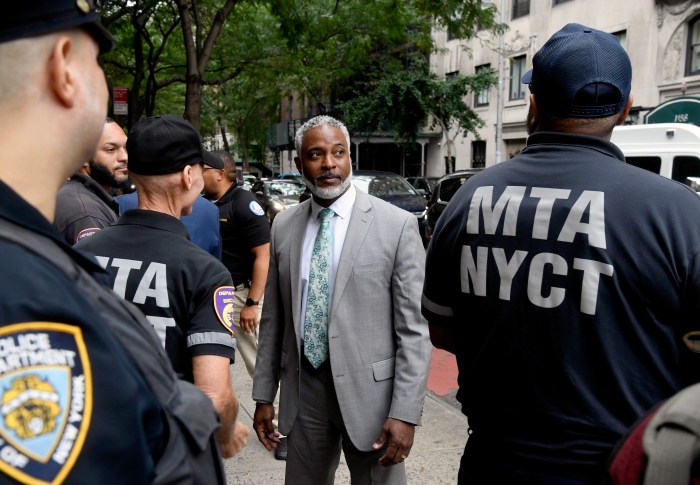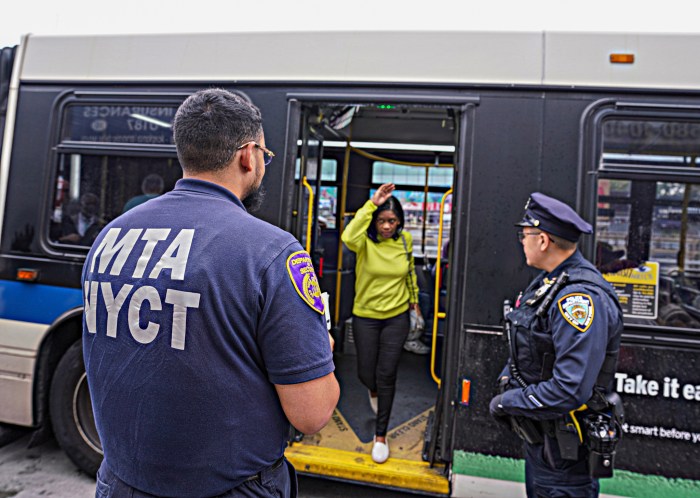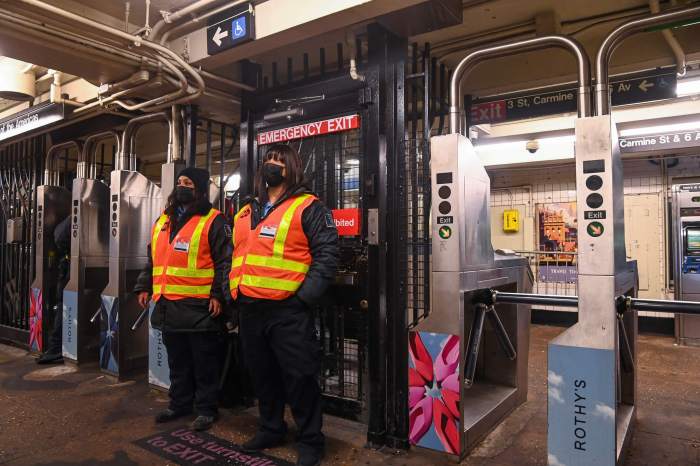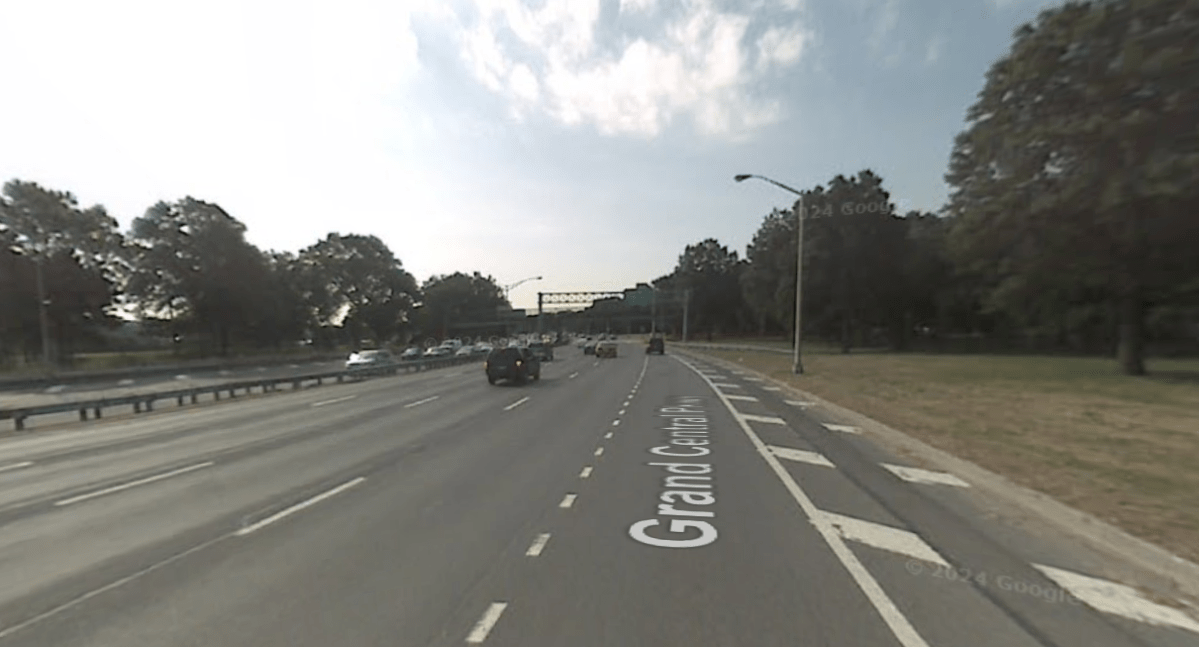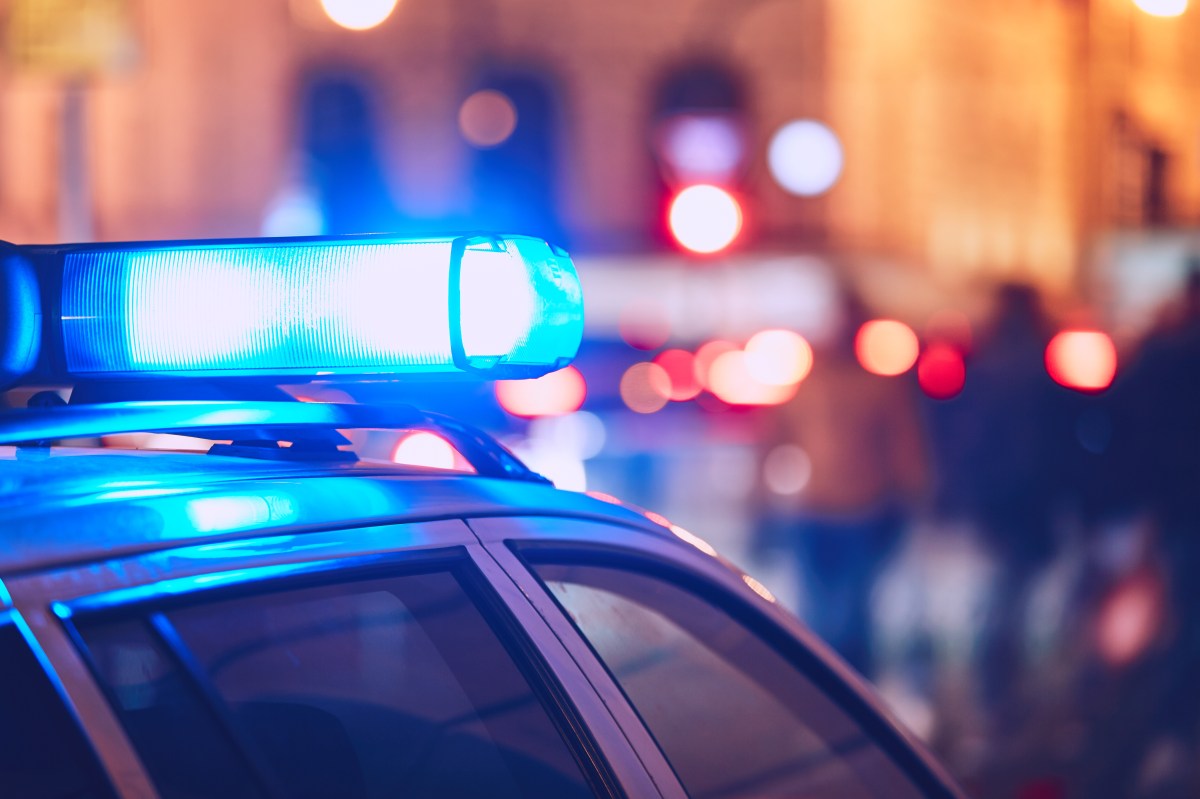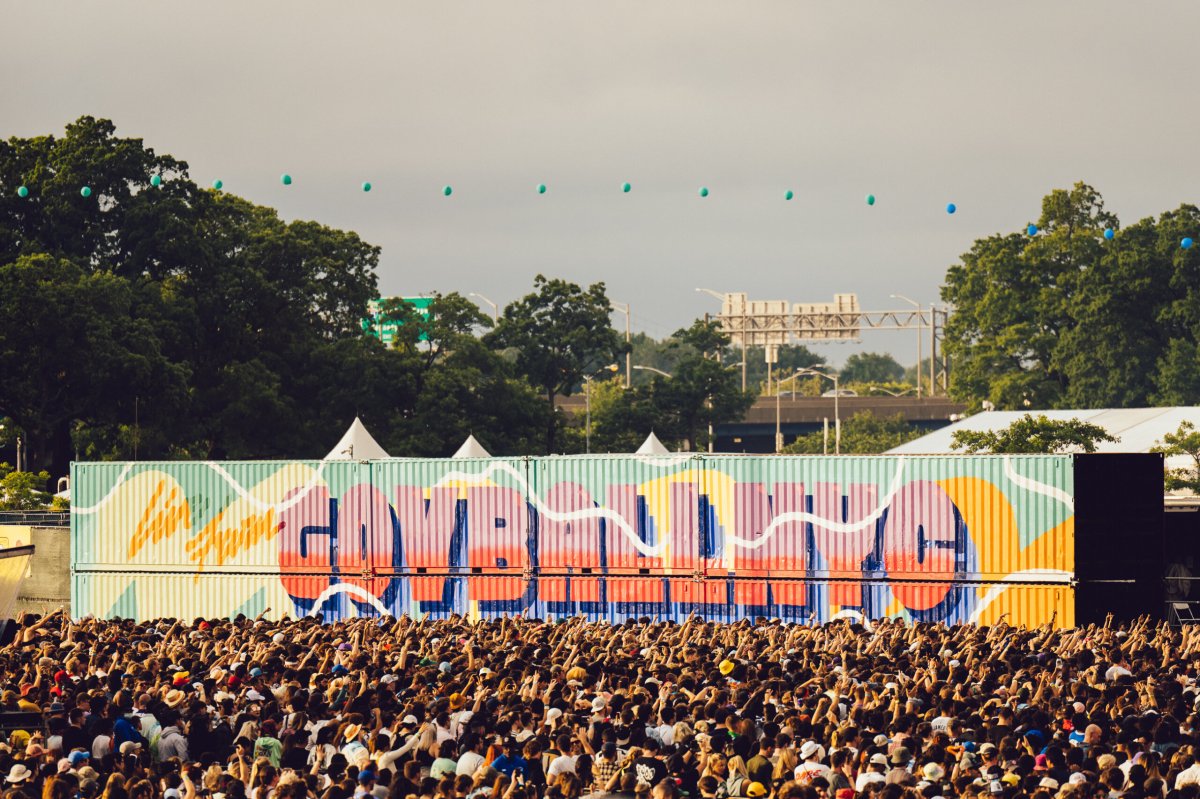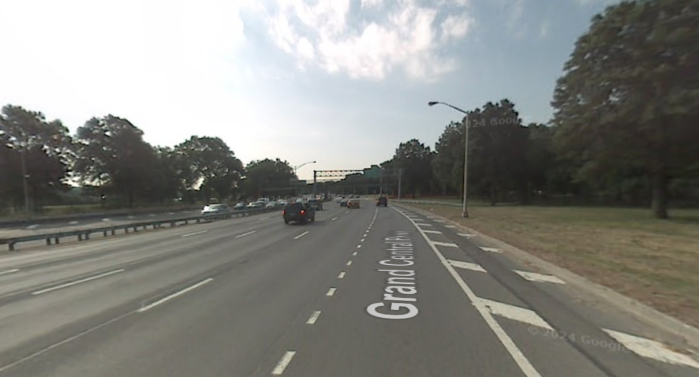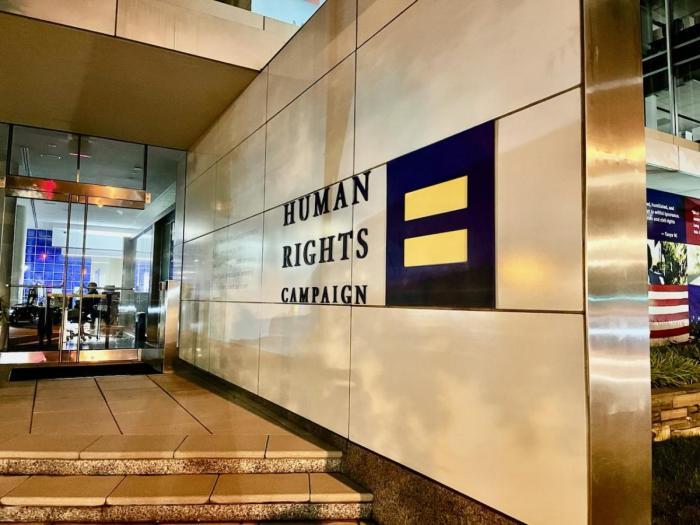Fare evasion in the transit system has existed as long as there’s been a fare to pay. It’s not a new issue, but the MTA is taking a new approach to reduce its impact, which has grown to an estimated $700 million in losses per year including toll evasion.
Our plan, developed in close coordination with an expert blue-ribbon panel, centers on the Four Es – Equity, Education, Environment and Enforcement.
I know that last E raises some eyebrows, but I want to emphasize that this isn’t an old school crackdown. That’s been tried in the past, and it didn’t work. This is a comprehensive program that looks to get at the root causes of fare evasion. Yes, intervention from our police partners, EAGLE teams, and gate guards may sometimes be required, but that won’t be our first line of defense.
Priority number one is making sure that fare evasion is never a crime of poverty. That means proselytizing about the City’s Fair Fares program, which provides half-priced MetroCards to low-income riders. Mayor Adams and the City Council recently struck a deal to expand the eligibility threshold from 100% to 120% of the federal poverty line. Now we need to focus on actually enrolling customers into the program, so they can take advantage of this critical benefit.
The MTA also operates its own Reduced Fare MetroCard program for riders 65 or older and those with qualifying disabilities. On the panel’s recommendation, we’re now accepting IDNYC as an official form of ID in these applications, which can be submitted online or at one of our 13 new Customer Service Centers. But what good are these services if no one knows they exist? We’re committed to educating the public about opportunities to pay lower transit fares – by handing out flyers in stations and at bus stops and by inviting our City partners to attend Transit Talk events.
The last piece of the puzzle is changing our environment – the turnstiles and emergency exit gates themselves. We know that fare evasion is often a crime of opportunity. People see someone holding the emergency gate open and walk through it rather than swipe or tap in, creating what we sometimes call a superhighway of fare evasion.
To prevent this from happening, we’ve stationed gate guards at the fare array in select stations. It might seem counterintuitive to pay for private guards, but they’re actually paying for themselves and then some by limiting the amount of time gates are open. To further minimize access, the Subways Department has also removed all 1,620 access key locks and inspected all gate magnets, replacing those lacking the strength to keep gates closed. We’re looking into delayed egress as well, so that gates don’t automatically open as soon as a customer presses the bar.
For the turnstiles themselves, we know back-cocking is a real problem, so we’re making mechanical adjustments to restrict mobility of the gear. A pilot program is underway, and we expect it will take roughly two years to get to every turnstile.
Customers at the Atlantic Av-Barclays Center and Sutphin Blvd-Archer Av stations may have also noticed we’re testing new fare Wide Aisle Gates as an alternative to the existing emergency gates. They’ll be coming to another two ADA accessible stations this fall, and lessons learned from this pilot will inform design of future gates.
Bottom line: we’re determined to make real change. Fare evasion is not just a serious financial threat to the MTA, it undermines the transit system’s role as New York’s public square — where people form opinions about whether this City is functioning as it should. Turning the tide won’t be easy, but we can’t afford not to act.
Richard Davey is MTA New York City Transit president.



